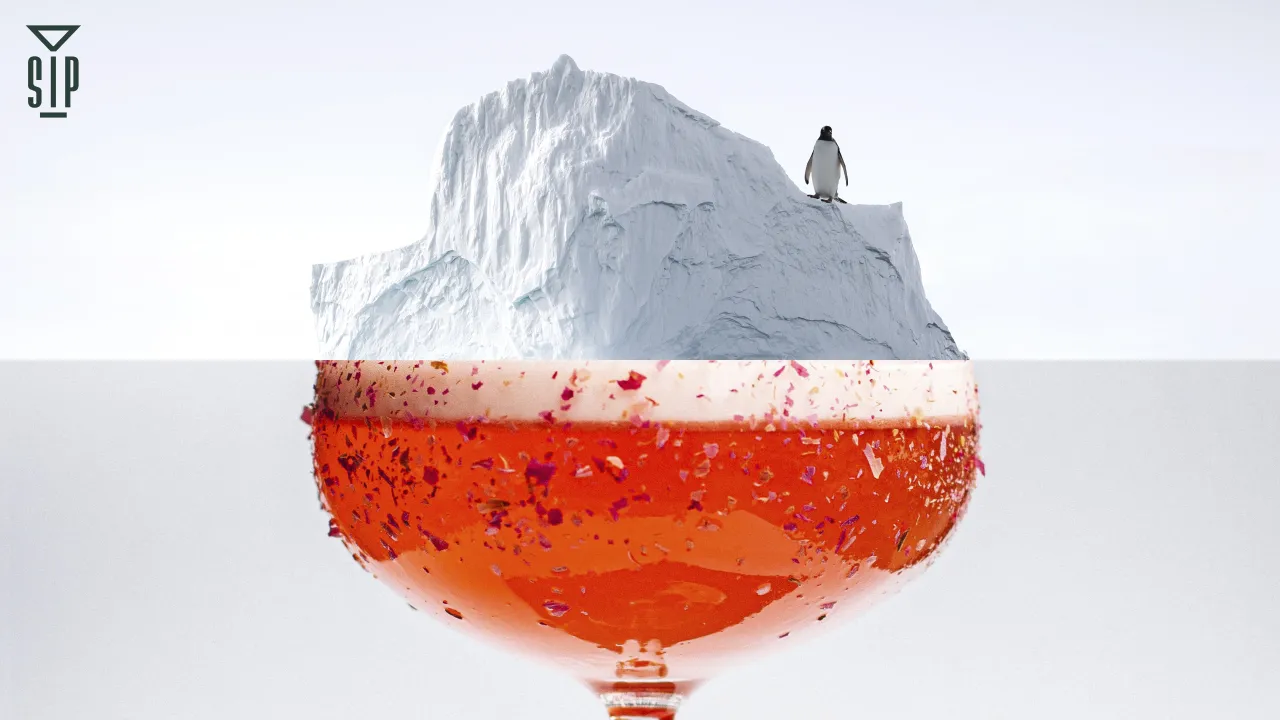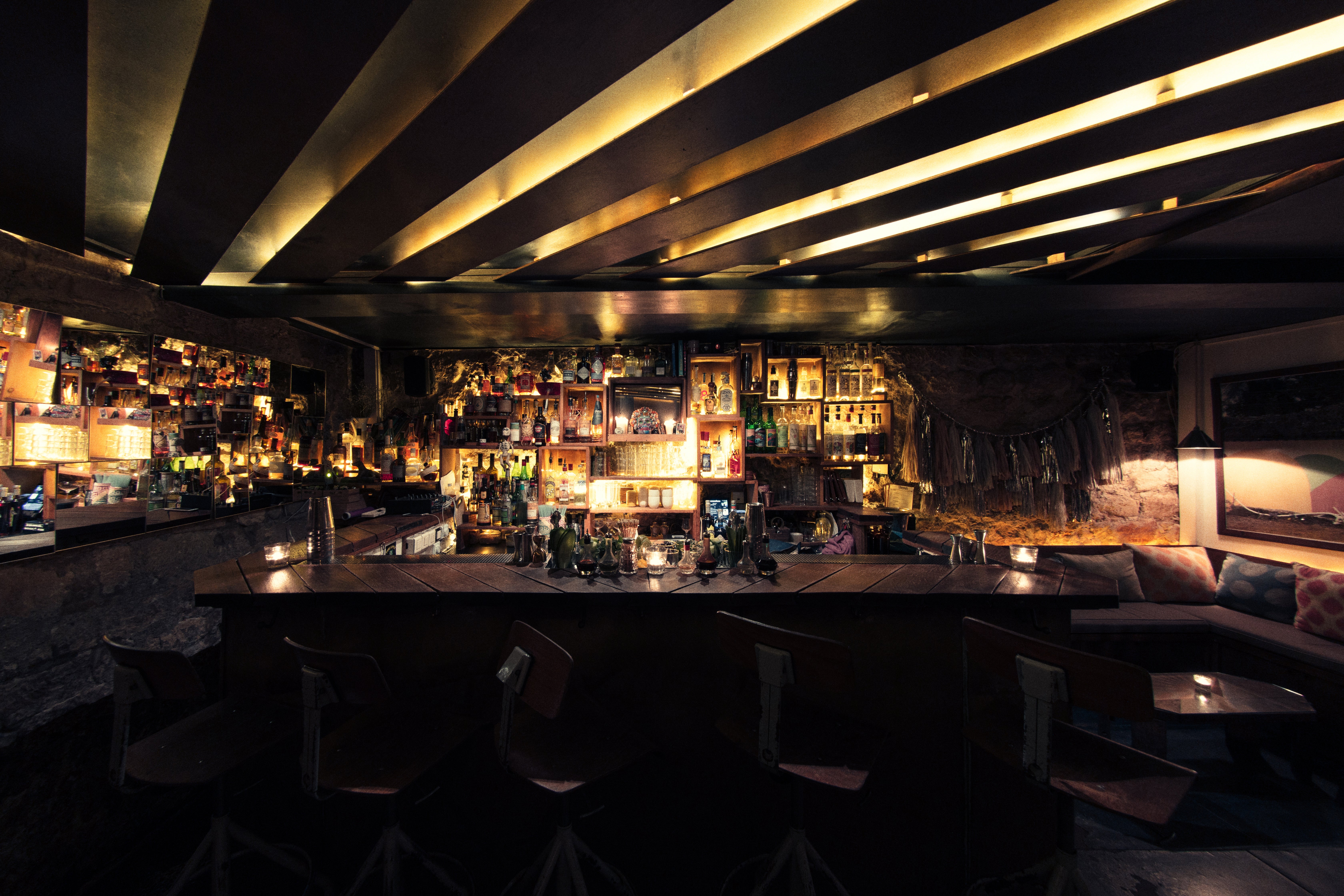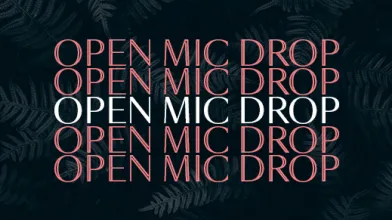I hear you’re known as the Ice Man…?
"Yeah. Not only do I own my own establishments, but I do work in that capacity, advising, and consulting on other bars and restaurants, businesses, and all hospitality venues of all kinds. And many of them do want to incorporate the ice element into their training program."
Why should bartenders care more about ice?
"I want them to make the best possible cocktails.
An incontrovertible truth is that a bigger, colder piece of ice makes a better cocktail. It’s often the first thing you see when you look at someone’s drink. ‘Oh that looks like it might be good,’ you say, as it shows that it’s pure and devoid of impurities. We consider ice to be as important as the rest of the ingredients in the glass."
And what got you into the ice game?
"We definitely took inspiration from Japanese bartenders. At Milk & Honey, we always froze and cut our own ice. It took three hours a day.
Then I opened my first bar and I wanted to replicate that but wasn’t very comfortable with the quality of the water. So I started buying large blocks from a local ice sculptor who also happened to be Japanese who gave me a lot of guidance in those early years."
Is it possible for lots of bars to make good quality block ice?
"Absolutely. It just takes a lot of work and dedication. When you have a commercial ice machine, you plug it in and the ice plops out. Big block ice is much more of an effort.
A lot of people opt to do it themselves. I stopped by for a few cocktails at Drink Kong in Rome after a wedding recently. They are making big ice in-house. Whether you make and carve it yourself or out-source it from a business like mine, high quality ice is now becoming omnipresent with bartenders who are intent on conjuring a better drink for their guests."
Have you had any close calls when using the chainsaw?
"Yeah. We've all had those calls, all cut ourselves. I've still got all 10, but I can show you some scars. We are now working with technology to prevent that from happening, so we've got extreme safety measures in place both mechanised and automated, as well as safety measures that are borne of human quality assurance.
It's not so much the blade, sometimes that's the most dangerous part. It's the sheer weight of the (130kg) block. Yes, you can cut yourself and walk away from a bad cut, maybe. But if that block falls on you, your football or baseball career may be over."
What’s the biggest misconception about ice when you’re speaking to bartenders?
"People say they don’t have the time, the room or the infrastructure. They designed their bars to accommodate a room temperature ice bin and the moment you start shaking or stirring that cocktail, you’re introducing unwanted water content immediately.
The average cocktail in New York is almost $20, maybe more. If you factor $1 for a high-end ice cube, it’s something the average bar could introduce should they want to."
What’s the most beautiful piece of ice work that you’ve seen?
"Bartenders in Tokyo crafting diamonds and spheres out of ice made an impression on me. But now, with a CNC router machine – which carves using computer software – you can make just about any shape.
We can put your face on an ice cube, as well as any image or logo. We’ve done jigsaw puzzles and highball glasses made entirely from ice with highball spears inside them. Just about everything."
Last question. It’s our round, what do you order?
"I hate to be a pedestrian, but it’s a Negroni for me. Pound-for-pound, it’s the people’s champ. It’s what I want in the morning, the afternoon, the evening or as a nightcap."
With a hand-chiseled block of ice?
"Of course! Either from my hands or my machines."
The cold hard truth about killer ice
14 December 2022

Ice is key for any primo cocktail, but not all ice is created equal. 'Ice Man' Richard Boccato champions hand-cut crystal-clear block ice, which he delivers to New York’s best bars and restaurants. The proprietor of the award-winning Dutch Kills explains why any bartender worth their salt on a margarita glass rim should consider upp-ing their ice game.
Related shows
© World’s Best Bars 2024. All Rights Reserved.
Content to be shared with those over the legal drinking age only - Enjoy responsibly.

Check your email
If we recognize your account, a link to reset your password has been sent to your email address. If you haven’t received it, please check in your spam folder and add to whitelist.
Check your email
A link to activate your account has been sent to your email address. If you haven’t received it, please check your spam folder and add it to whitelist.








